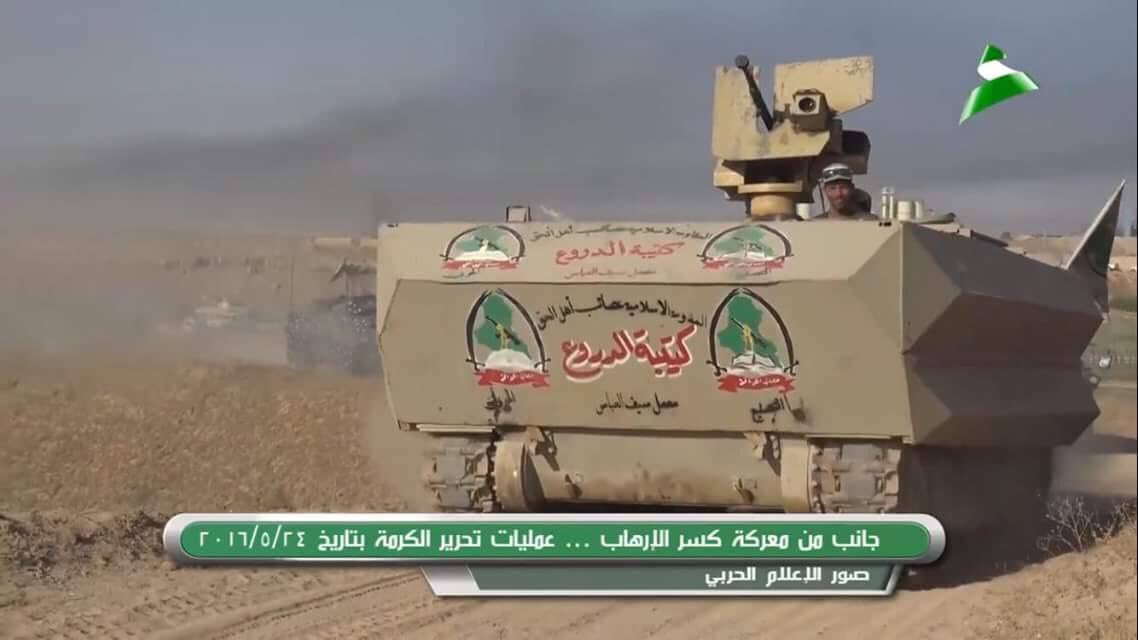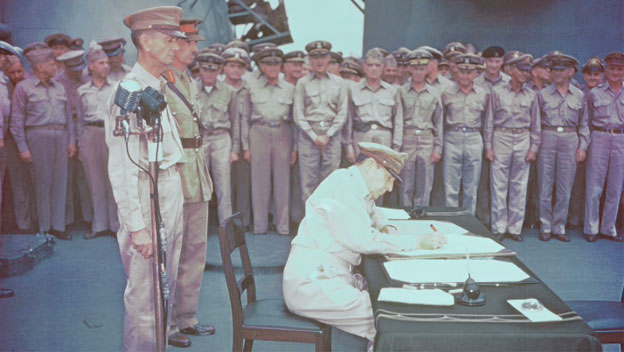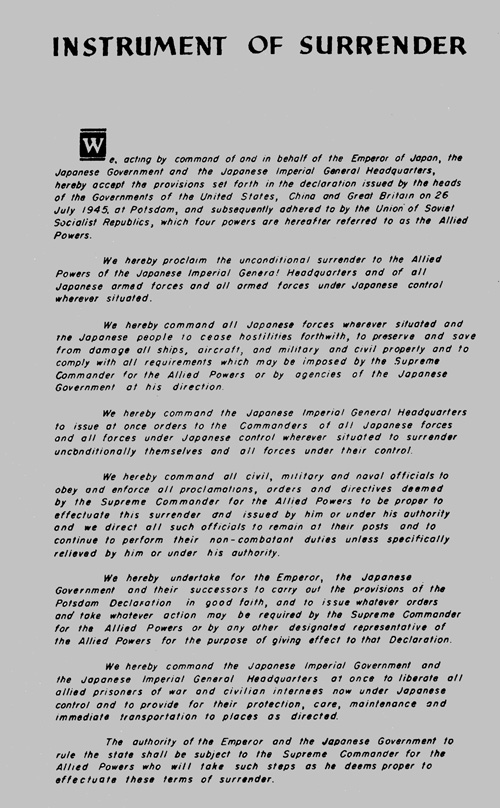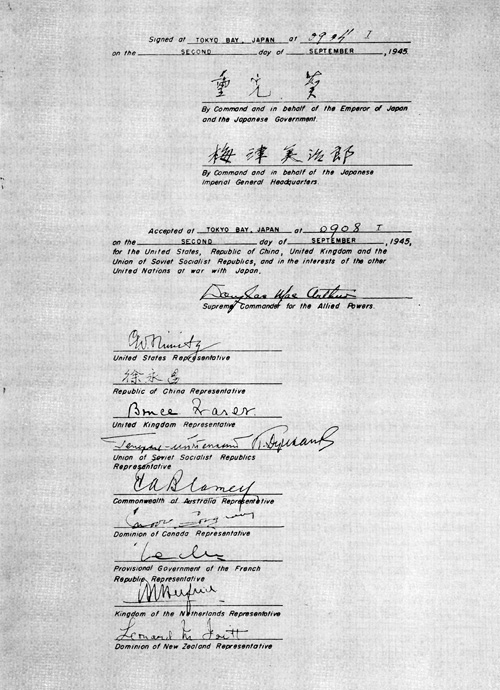BAGHDAD – American commandos are on the front lines in Syria in a new push toward the Islamic State group’s de facto capital in Raqqa, but in Iraq it is an entirely different story: Iran, not the United States, has become the face of an operation to retake the jihadi stronghold of Fallujah from the militant group.
On the outskirts of Fallujah, tens of thousands of Iraqi soldiers, police officers and Shiite militiamen backed by Iran are preparing for an assault on the Sunni city, raising fears of a sectarian bloodbath. Iran has placed advisers, including its top spymaster, Qassim Suleimani, on the ground to assist in the operation.
The battle over Fallujah has evolved into yet another example of how United States and Iranian interests seemingly converge and clash at the same time in Iraq. Both want to defeat the Islamic State. But the United States has long believed that Iran’s role, which relies on militias accused of sectarian abuses, can make matters worse by angering Sunnis and making them more sympathetic to the militants. More here from HoustonChronicle
Armoured vehicle modified by Hashd engineers carries AAH emblem during the operations to move toward Fallujah

London-Chairman of the Expediency Discernment Council Akbar Hashemi Rafsanjani said that Iran is involved in Syria, Iraq, Lebanon, and Afghanistan to defend national interests.
Rafsanjani explained during an interview with Aftab News that Iran cannot leave these countries easily, adding that continuing what they have started with there is not an easy mission.
He considered Iran’s intervention in regional crises as one of the international challenges his country is facing.
He added by saying, “Arab and Islamic countries are united against Iran in Syria and now want to control things in Iraq.”
Moreover, Rafsanjani admitted that Iran is facing troubles in the region; adding that these problems should be solved by proper management in order to reach a suitable solution.
On the other hand, Rafsanjani called for Americans to be “flexible” with Iran for a few years in order to gain the confidence of the Iranian officials; thus normalizing U.S.-Iranian relations.
He also implicitly pointed out that Rouhani wants to meet U.S. President Barack Obama. But “Khamenei’s pressure exerted on the Iranian president,” in addition to the unsuitable circumstances, “prevents such meeting from taking place.”
Rafsanjani acknowledged the existence of profound differences in the Iranian leadership, accusing some officials of deceiving public opinion.
Three days ago, Commander of Iranian Quds Force Qassem Soleimani pointed out implicitly to the existence of negotiations between Iran and the U.S. on the crises in Iraq, Syria, and Yemen.
Meanwhile, the chairman of the Expediency Discernment Council defended Hassan Rouhani by explaining that one of his major political pledges, regarding ending the house arrest of Green Movement leaders Mir Hossein Mousavi and Mehdi Karroubi, has not been met yet because it is out of the government’s powers.
Notably, Rouhani is passing through very critical times due to the increased pressure exerted on him and as a result of the long list of accusations directed by his allies and rivals.
In addition, Rafsanjani mentioned that Iran is facing great internal challenges because of the political disputes, unemployment, and inflation.
Iranian websites circulated news on Rafsanjani’s statements at the time when former Commander of the Islamic Revolutionary Guard Corps Mohsen Rezaee attacked the Saudi foreign minister with racist terms.
Furthermore, Iranian Deputy Foreign Minister for Arab and African Affairs Amir Abdullahian said that Tehran is determined to continue playing its advisory role in the region, reiterating Iran’s continuous presence in Syria, according to IRNA official agency.
He explained on Monday that Iran, with pride and determination, continues its advisory support in the region, pointing out to Iran’s crucial role to guarantee security and stability in regional countries and the world.
Iran justifies its military presence in Syria and Iraq by considering itself playing an advisory role, yet it names its militants in these areas with ideological titles such as “Defending Shi’ite Shrines,” showing contradiction between the official speeches given in Iran and the involved institutions that are sending armed militants to Arab countries.
In a common matter, Secretary of the Supreme National Security Council of Iran Ali Shamkhani defended Iran’s decision to intervene in Syria and Iraq.
Meanwhile:
Turkey plans to install computerized automatic weapons to secure border with Syria: report
Turkey is stepping security measures on its border with Syria, including plans to install computerized automated firing systems, Yeni Şafak newspaper reported Monday.
IHA Photo
The weapons would be part of “smart towers” equipped with thermal imaging systems to prevent illegal crossings over the border.
If anyone gets within 300 metres of the border a warning will be sounded in three languages, which if not heeded, will trigger the weapons system, according to the report in the pro-government daily. The Ministry of Defence has yet to comment on the reports.
Securing the border with Syria plays a crucial role in Ankara’s foreign policy. Faced with a grave threat from across the border, Ankara has repeatedly asserted that any threat from Syria will receive retaliation in kind.
Around two dozen people have been killed in the Turkish border town of Kilis by rocket fire from DAESH terrorists since January, which has prompting the Turkish military to respond with artillery, and Turkish Special Forces carried out an operation within northern Syria earlier this month to take out DAESH teams which were launching these rockets.
Turkey, although a member of the U.S.-led coalition battling DAESH, has received almost none of the support requested from its allies in the fight against the extremist group, and has increasingly indicated Ankara is prepared to take unilateral action. The Turkish Armed Forces (TSK) have stepped up attacks on DAESH in Syria in recent weeks, after rockets fired by the group repeatedly landed in Kilis, in what appeared to be a sustained and deliberate assault. More than a dozen rockets hit the town in just the last week.
Gunfire and occasional explosions from across the border could be heard on Wednesday from a hill in Kilis, which is home to more than 100,000 Syrian refugees.












